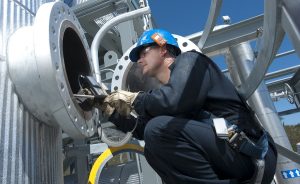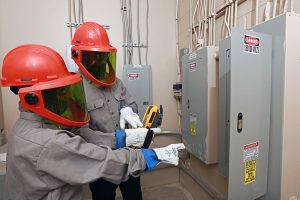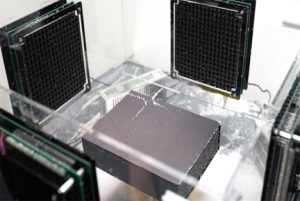
In numerous industrial applications, the presence of flammable or reactive gases poses significant risks to personnel, equipment, and the environment. Nitrogen purging is a critical process used to eliminate or reduce these hazards by displacing unwanted gases with inert nitrogen. This article explores the essential steps in ensuring system safety across various industries.
Step 1: Assessing the System
Before initiating this process, a thorough assessment is essential. Identify the potential hazards, such as flammable gases, reactive chemicals, or oxygen-sensitive materials, present in the system. Understand the specific requirements and objectives of the process, including the desired oxygen level, the volume of the system, and the necessary flow rate. This assessment will help determine the appropriate equipment and the method for the task at hand.
Step 2: Selecting the Purging Method
There are two primary methods: continuous and pressure purging. The continuous method involves a continuous flow of nitrogen into the system, ensuring a constant replacement of unwanted gases. The pressure method, on the other hand, involves increasing the pressure in the system by introducing nitrogen, which forces the unwanted gases out. The choice of method depends on factors such as system size, complexity, and specific safety requirements.
Step 3: Establishing Safe Ventilation
Ventilation is vital to prevent the accumulation of potentially hazardous gases. Ensure that the system has adequate ventilation points strategically placed to safely release displaced gases. Proper ventilation prevents the build-up of flammable or toxic gases, reducing the risk of explosions or health hazards.
Step 4: Equipment and Safety Measures
Before commencing the process, ensuring that the equipment is in optimal condition is essential. Inspect the source, regulators, valves, and purging connections to verify that there are no leaks or defects. Any faulty equipment should be repaired or replaced to prevent safety hazards during the process. Additionally, implement appropriate safety measures, such as wearing personal protective equipment (PPE) like gloves, goggles, and fire-resistant clothing, to protect against potential hazards.
Step 5: Initiating Nitrogen Flow
Once the safety measures are in place, initiate the flow into the system according to the chosen method. Ensure that the flow rate and pressure are controlled within safe limits. Continuous monitoring of the flow and pressure is essential to maintain the desired efficiency and prevent over-pressurisation of the system.
Step 6: Monitoring Oxygen Levels
Throughout the process, monitoring the oxygen levels within the system is crucial. Oxygen analysers or gas detectors can accurately measure oxygen concentration. The goal is to achieve and maintain the desired low oxygen levels necessary for system safety. Regular monitoring allows for adjustments in the process as needed to ensure efficient displacement.
Step 7: Purging Completion and System Inspection
Once the process is complete and the desired oxygen levels are achieved, the system should be thoroughly inspected to verify success. Check for any signs of residual gases, leaks, or contamination. Conduct appropriate tests to confirm that the system is free from flammable or reactive gases and is safe for further operations.
Step 8: Seek Expert Assistance from Service Providers
In complex industrial systems or situations requiring specialised knowledge, it is advisable to seek help from professional service providers experienced in this process. These providers have the expertise, equipment, and understanding of industry regulations to ensure the highest level of system safety.
Service providers can assist in designing a customised plan tailored to the specific requirements of the system. They can provide guidance on the most effective method, recommend appropriate equipment, and provide trained personnel to execute the process.
Collaborating with a trusted service provider not only enhances system safety but also provides peace of mind, knowing that professionals with the necessary expertise and resources are executing the process.
Conclusion
Nitrogen purging is a crucial step in ensuring system safety in various industries. Displacing flammable, reactive, or oxygen-sensitive gases significantly reduces the risks of explosions, fires, and chemical reactions. By prioritising the steps mentioned above, industries can mitigate hazards, protect personnel and assets, and maintain a secure operating environment.





